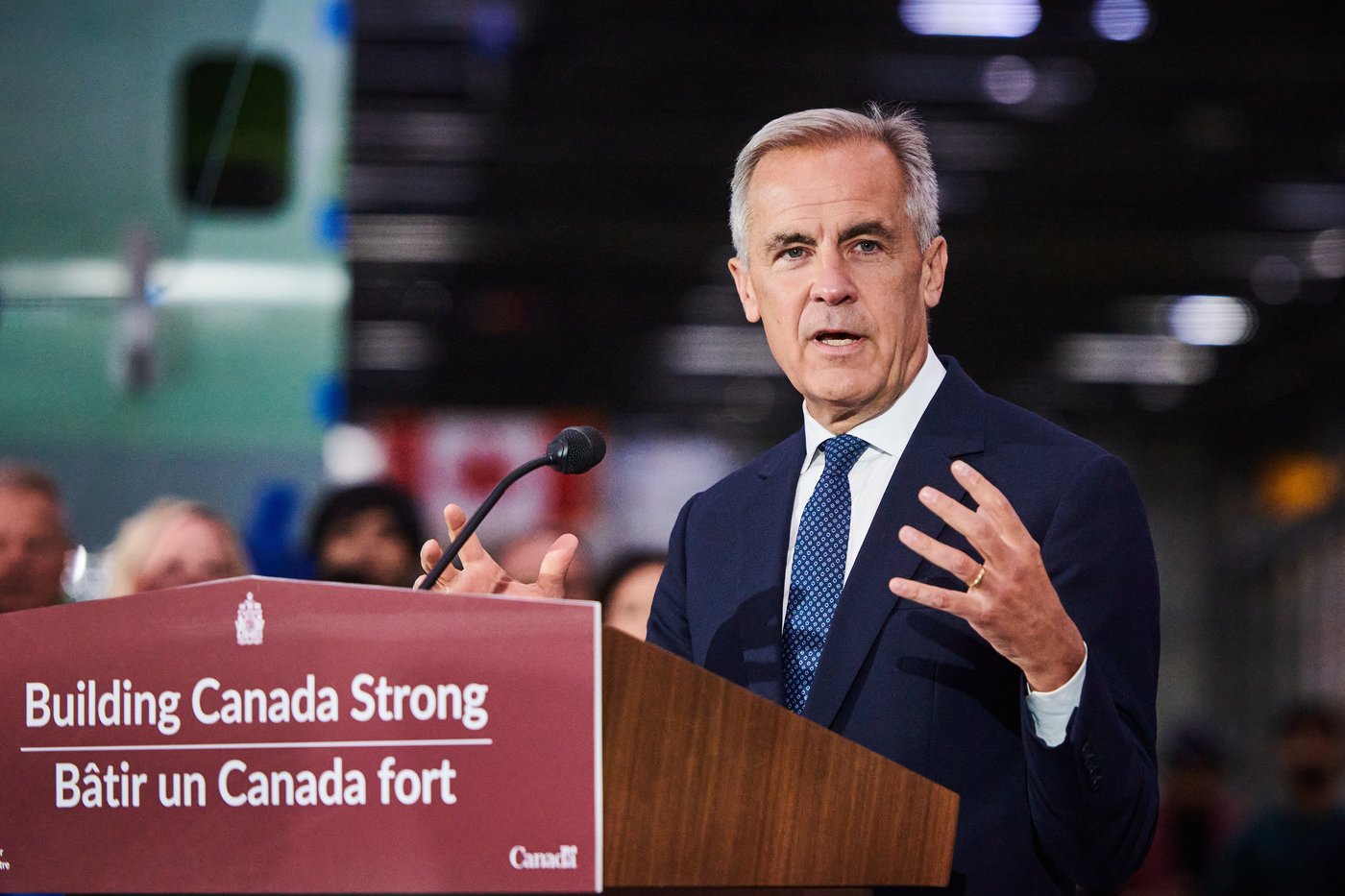Canadian patients’ needs are increasingly complex. Health care should reflect that: CMA

More Canadians should receive their main health care through teams of professionals so their increasingly complex needs can be met while not paying privately for it, the Canadian Medical Association said in a new report released Tuesday.
The CMA’s recommendations come after it undertook a major review of the interface of public and private care, as 6.5 million Canadians lack a family doctor, emergency departments burst at the seams and wait times for some surgeries mount.
Dr. Kathleen Ross, CMA president and a family physician in Coquitlam and New Westminster, B.C., called the primary care she offers the foundation and front door of Canada’s health-care system.
“We know something needs to change,” Ross said. “It’s not all about the medicines or pills that I prescribe.”
Team-based care offers advantages
Ross gave her own clinic as an example of team-based care. She refers patients to counselling services and a dietitian, broadening the scope of meeting patients’ increasingly complex needs. B.C. pays for six counselling sessions at her clinic, Ross said, while dietician referrals are hospital-based and funded only for certain conditions such as diabetes.
Demand is high, Ross said, as people without a family doctor or nurse practitioner may rely on walk-in clinics and emergency departments that are already overcrowded, and don’t provide comprehensive follow-up care.
As wait times for diagnostic tests like MRIs and some surgeries grow, provinces from Ontario to P.E.I. are expanding private surgical centres and virtual care to ease bottlenecks, while Quebec said it will limit the use of private nursing agencies.
Equity sets bedrock for care
In its draft report, the CMA made 22 recommendations to guide policy on the mix of publicly and privately funded and delivered health care in Canada.
The group said its recommendations were based on a review of the literature and consultations with more than 10,000 physicians, patients and health-care providers who gave input through town halls and surveys.
The CMA said a national consensus emerged that the health-care system should not favour those who can afford to pay for services. Instead, equity remained a bedrock value.
Specifically, CMA set goals including:
- Governments scale up interprofessional, publicly funded primary care teams for 50 per cent of Canadians within five years, to access family doctors together with other practitioners. (That’s up from an estimated 15 per cent now in one national survey.)
-
Governments enforce the Canada Health Act ban against user fees, including membership fees, for access to publicly insured primary care.
Ross said there isn’t much data supporting expanded access or improved quality of care in the private sector. The group is looking for up-to-date Canadian evidence.
‘Light a fire’ on wait times, doctor says
In Ontario, a family doctor provides a similar broad range of services under one roof as the province expands more publicly funded Family Health Teams and Community Health Centres.
Dr. Danielle Martin, family doctor and chair of the family and community medicine department at the University of Toronto, welcomed the call to get every Canadian such access, saying training family physicians alone isn’t enough to bridge the gap.
“It’s a tremendously important recommendation, and as a family doc, every day I have patients in my practice saying, ‘Please can you take my friend, can you take my spouse, can you take my cousin?'” Martin said.
CBC’s Nick Purdon went to northwestern Ontario city to hear from patients about to lose access to primary health care and the doctors trying to find a path forward.
If someone has lower-back pain for instance, they don’t necessarily need to see a family doctor.
“What you need is a physiotherapist, and having a physiotherapist working in a publicly funded team covered by your public health-care plan can make a huge difference” to patients, as well as to help prevent doctors from getting burnt out, Martin said.
Hopefully, the recommendation to offer care in another province won’t be needed often, she said.
“Perhaps knowing that that backstop is there will give some reassurance to people who worry about wait times and also light a fire under our governments to solve the wait times issues.”
Easing wait times is increasingly important, Martin said, given that aging Canadians need more complex care, like aving several medical conditions requiring a dozen different prescriptions.
The CMA aims to consult further to refine its recommendations, which it aims to finalize in the fall.




